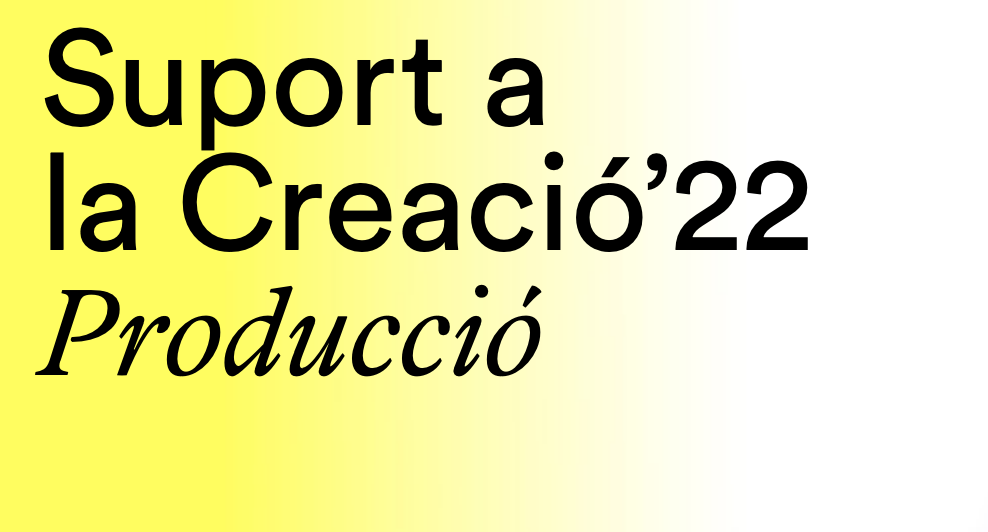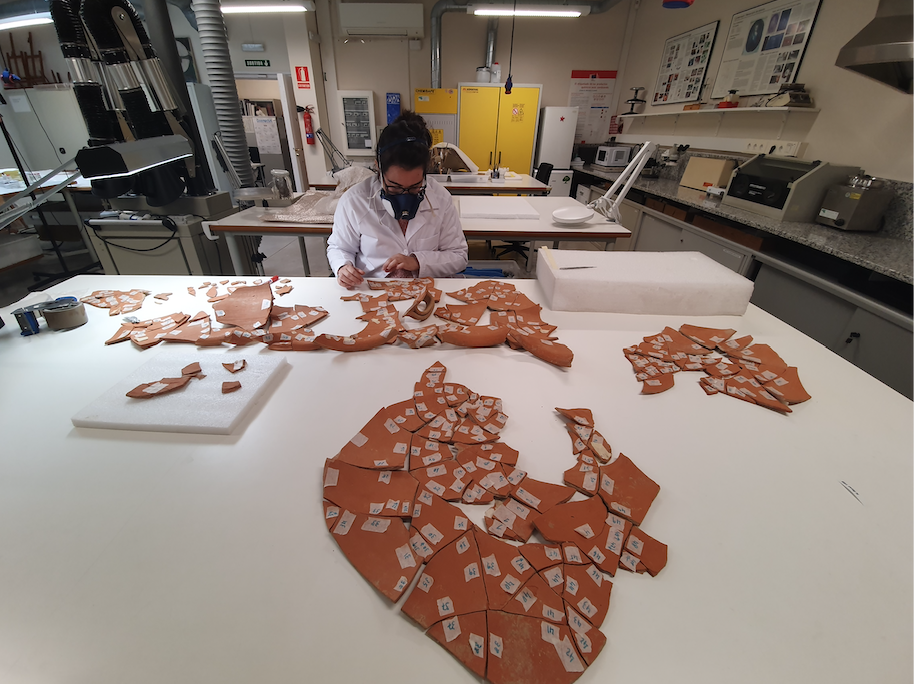Art market
The auction market is waking up to lethargy

The effects of Covid have had a strong impact on the art market. Two long years after this situation, a new hint of light can be seen with substantial changes in the complex path of artistic finance, but not without changing certain rules and habits that are being consolidated.
According to reports provided by Artprice analyzing the first half of 2021, the indicators show a certain optimism which translates into a strong and solid recovery. In recent months, the Art Market Confidence Index ® (by Artprice.com) has gradually grown, although it has not yet reached pre-pandemic levels. Unlike the gallery industry, which is trying to catch up with new technologies, auction sales have far exceeded all expectations. They have been able to adapt with strength and dynamism to this new situation in a spectacular way, taking the initiative and recovering the security of the last years before the Covid health crisis.
Among the new performances that have come to stay is the digital transformation, which has grown exponentially. Of the 258 auctions held by Christie's, Sotheby's and Phillips, more than half went online and the sales of high-end works were left for face-to-face auctions. New rules and ways of doing things make 2021 a year of change. Certainly, the traditional market is facing a situation characterized by the emergence of NFT (non-fungible tokens), unique digital assets that have entered with great force and that can transform the digital art sector especially into works of art. high purchasing power. In fact, NFTs already account for a third of the value of online sales, or what is the same: 2% of the global secondary art market. Faced with this new scenario, two parallel worlds are being created: one of traditional, what we know, the usual, and another of more dynamic, dazzling, daring, which breaks the established schemes with new criteria and rules that we will have to learn. How can we understand this new situation? In the words of Thierry Ehrmann: “There are currently two art markets coexisting: one organic and one disruptive. The first is a traditional market fully linked to the history of art, with its codes, its museums, its galleries, its fairs, its biennials, etc. The second reflects a deeply reorganized universe that challenges official history through movements such as Me Too and Black Lives Matter and is clearly geared to the many political, climatic, health, and technological challenges that lie ahead. ”
A metamorphosis that this first half of 2021 is significantly consolidating. Auction sales in the first half of the year have reached $ 6.9 billion, which is 3% more than the same period in 2019. This success has resulted in a record number of transactions reaching 288,000 sales of works of art, 5% more than the same period in 2019. It is worth noting the 13% increase in sales of those works that have a range between $ 1,000 and $ 20,000, as they are the most requested. By contrast, high-end lots, those between $ 1 million and $ 50 million, were down 1.4% from 2019. By sector, contemporary art has dramatically increased by 50% over same period of 2019. Unusual fact if we consider that 20 years ago this sector name is meant 3%. And with regard to the modern art sector (-8%) and post-war (-4%), they have not yet recovered to their pre-pandemic crisis levels. The autumn auctions and the start of the fairs will be a good thermometer to know in what conditions the health of the market is. A difficult situation to take into account with the approaching paradigm shifts.








